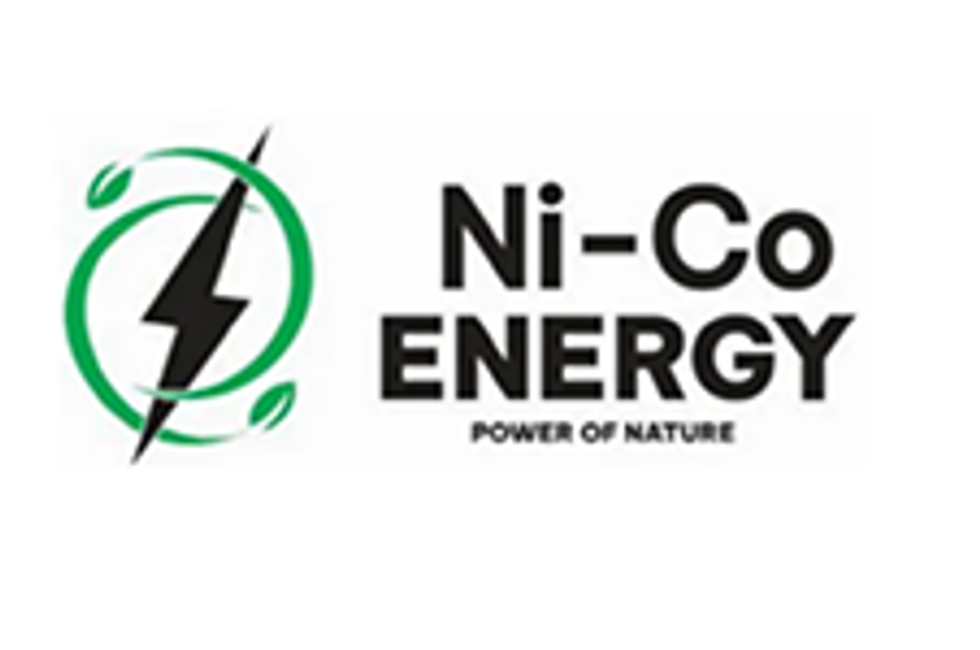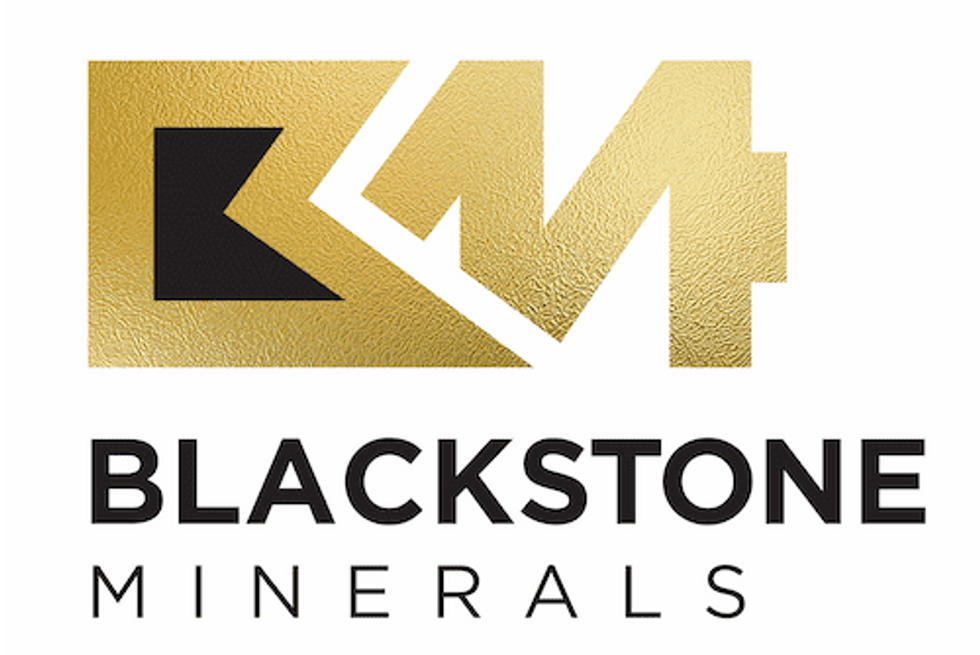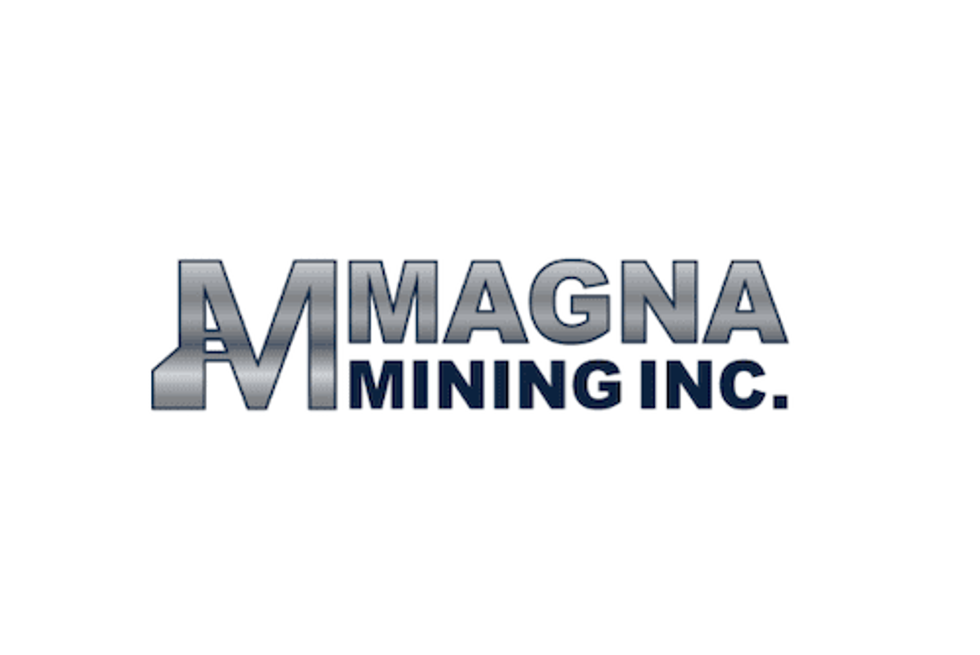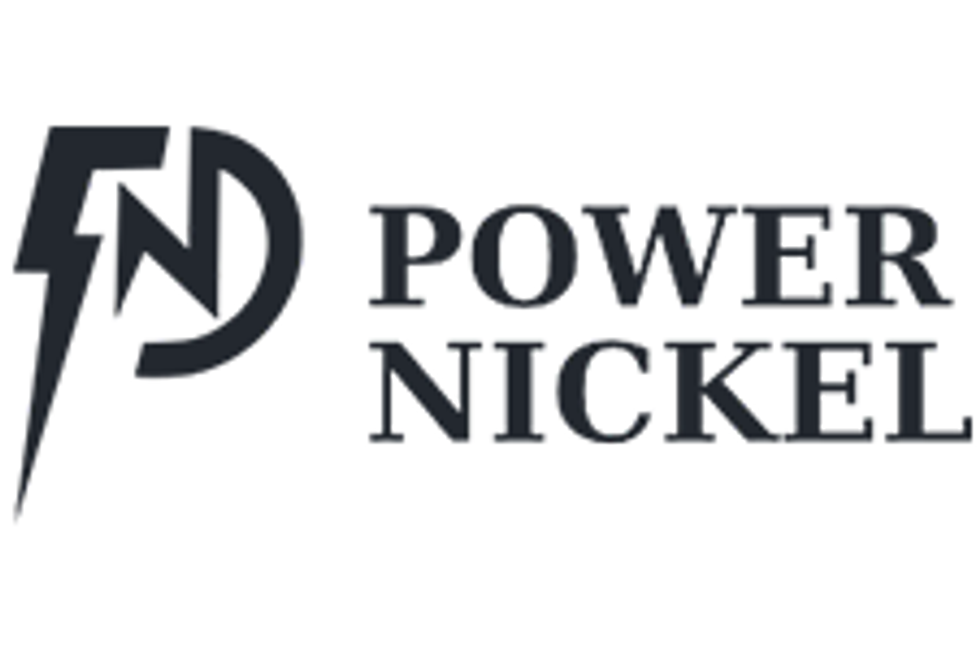
Canadian researchers say there could be up to $7 billion worth of nickel contained within tailings from mines in Sudbury, Ontario.
Miners and researchers at the University of Toronto are collaborating on a project aimed at extracting valuable metals from mine waste with the help of microorganisms.
It’s a process known as biomining, and it has the potential to be lucrative for mining firms while helping clean up the environment. ChemE Professor Vladimiros Papangelakis, one of the project’s leaders, says there could be up to $7 billion worth of nickel contained within tailings from mines in Sudbury, Ontario alone.
According to Papangelakis, mining sulfide minerals and processing them to extract base metals creates iron sulfides, which are rejected as waste tailings. When these sulfide-laden tailings are exposed to air, water and microbes, they oxidize to sulfuric acid and produce acid mine drainage.
He said some of the microbes in tailings ponds thrive on metabolizing sulfur, while others can metabolize iron sulfide. “If we can control such biochemical reactions, we could both remediate the waste and recover valuable metals that could pay for the cost of processing,” he added.
For example, nickel refining produces tailings containing iron sulfide, which becomes sulfuric acid when exposed to oxygen and microorganisms in rainwater. The sulfuric acid is able to dissolve the nickel, copper and zinc contained in the tailings, but the waste must be contained in tailings ponds unless it is treated to prevent environmental damage from acid and other toxins.
The team hopes to treat the tailings using bioreactors and control the process to encourage the growth of organisms that convert sulfide into elemental sulfur instead of sulfuric acid. Metals could then be extracted from wastewater produced during the process, providing revenue to offset the treatment cost.
As part of the project, Laurentian University Professor Nadia Mykytczuk is studying in-situ bioleaching, which involves encouraging bacteria to selectively dissolve metals from waste rock. Another branch of the team is focused on microorganisms that can process selenium from coal mine waste, mitigating the toxic effect it can have on fish.
There is an environmental and financial incentive to improve mine waste management, potentially through biomining, which companies recognize. Industry partners involved in this biomining research initiative include Glencore (LSE:GLEN), Vale (NYSE:VALE), Teck Resources (TSX: TECK.A,NYSE:TECK), Barrick Gold (TSX:ABX, NYSE: ABX) and Hatch. Other academic partners involved in the project include Laurentian University and the University of British Columbia.
Don’t forget to follow us @INN_Resource for real-time news updates!
Securities Disclosure: I, Melissa Shaw, hold no direct investment interest in any company mentioned in this article.





